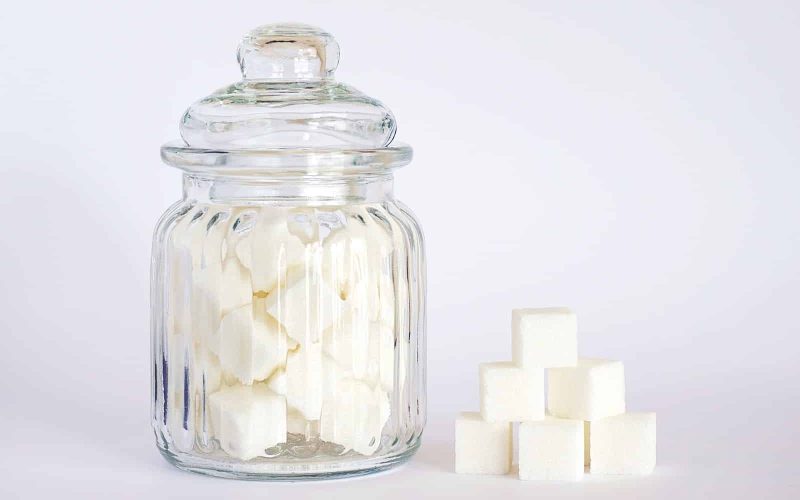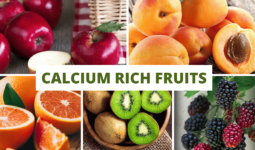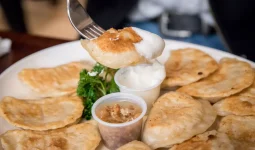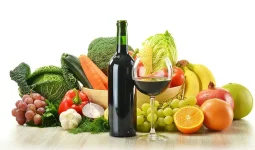Brown and white sugar are different types of sugar that can be used interchangeably when cooking or baking, depending on the desired consistency. However, each has its unique flavor and color.
Knowing the difference between white and brown sugar will give you more control over the outcome of your sweet treat or dessert dish.
Here are some other facts about these two types of sugar you may not have known before!
What is White Sugar?
White sugar is the most common sugar used in households and restaurants. It is made from either sugar cane or sugar beets.
The juice from these plants is extracted and then filtered to remove impurities.
The juice is then boiled to create a syrup, which is allowed to cool and form crystals. These crystals are then ground into the fine, white granules we see in stores.
What is Brown Sugar?
Brown sugar is essentially the same as white sugar except for molasses, which gives it its color and flavor.
The more molasses added, the darker the brown sugar will be. Brown sugar also has a higher moisture content than white sugar.
This means that brown sugar will clump together more easily than white sugar. You should let brown sugar stand for about an hour before using it.
When the syrup that forms when extracting sugar from raw materials such as beets or cane contains molasses, it becomes brown instead of crystallizing into clear cubes like white sugar.
Brown sugars also contain more minerals and moisture than their counterpart.
Difference Between White and Brown Sugar
There are two main types of sugar: white and brown. Both have unique flavor profiles that can make or break a dish.
Here’s a rundown of the difference between white and brown sugar to help you make the best decision for your following recipe.
Difference in Taste
Brown sugar has more molasses than white sugar, so it tastes slightly more bitter or caramel.
White sugar is typically much milder in taste than brown sugar, with an added hint of molasses. It will also result in dishes with a lighter color.
Difference When Baking
White sugar typically produces finer, grainier textures in baked goods like cakes and cookies because of its smooth texture.
Brown sugar will result in rougher textures because of its uneven texture due to its crystallized nature.
It also offers deeper notes from its molasses content, which pairs well with chocolate-based desserts and spiced baked goods like gingerbread cookies or spice cake.
Difference in Moisture
Brown sugar has some moisture because of its molasses content, while white sugar has very little.
So, if your recipe calls for dry ingredients like flour or cocoa powder, use less brown sugar than white sugar for the same sweetness.
How to Measure?
The difference between white and brown sugar makes it different in measurement while baking. There are two different ways of measuring these sugars: weight and volume.
Weight measures the number of grams each cup contains, while volume measures the number per quart.
To measure by weight, use a digital scale with gram measurements; then measure the specified quantity in grams rather than cups or teaspoons.
To measure by volume, you’ll need to convert cups into quarts and teaspoons into milliliters before using either method (conversion charts are available online).
With this approach, you can’t measure anything smaller than a teaspoon.
So, for the best accuracy, weigh the sugar first and then measure what you need.
Conclusion
In conclusion, brown sugar is a more unrefined product than white sugar. It retains more molasses, giving it a more robust flavor and darker color.
The molasses also makes it stickier than white sugar. You may need to make adjustments when substituting one for the other in recipes.
When substituting one for the other in recipes, remember the difference between white and brown sugar.
These might include using less brown sugar because of its more robust flavor or adding more liquid to the recipe because brown sugar is denser than white sugar.
Frequently Asked Questions
Granulated sugar can refer to either white or brown sugar. It refers to any crystalized, dry sweetener (sugar).
If you’re looking for a standard sweetener without special requirements, then either type will work fine. Try one option if you want something with a little more flavor or texture (or as your recipe specifies). It’s essential to remember that not all recipes specify which type of sugar they call for, so it might be worth trying both out if you’re unsure. Or mix them, like brown sugar and turbinado. Or make your powdered sugar by adding plain table sugar to vanilla or almond extract.
While both white and brown sugar can sweeten recipes, there are some crucial differences between them. Brown sugar is made by adding molasses to white sugar, which gives it a darker color and a more intense flavor. It also dissolves more slowly than white sugar, making it ideal for baking recipes with a more gradual sweetness.








